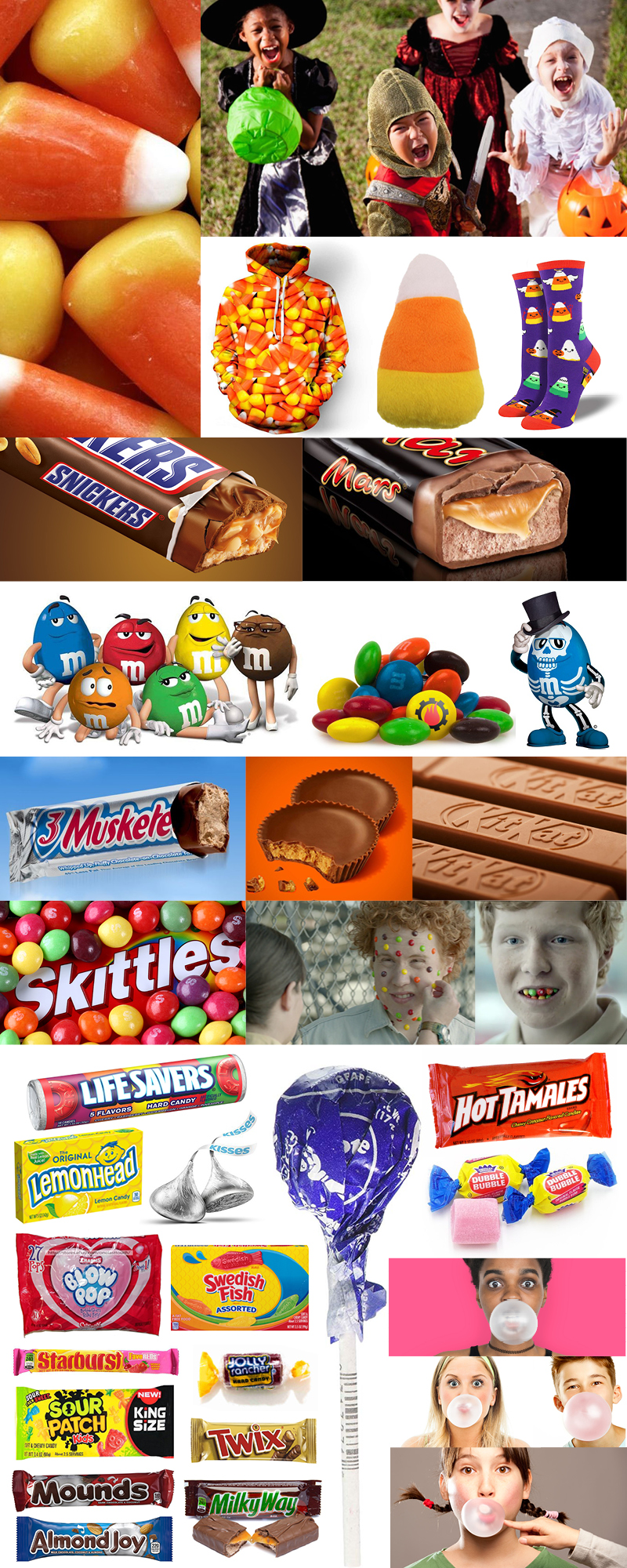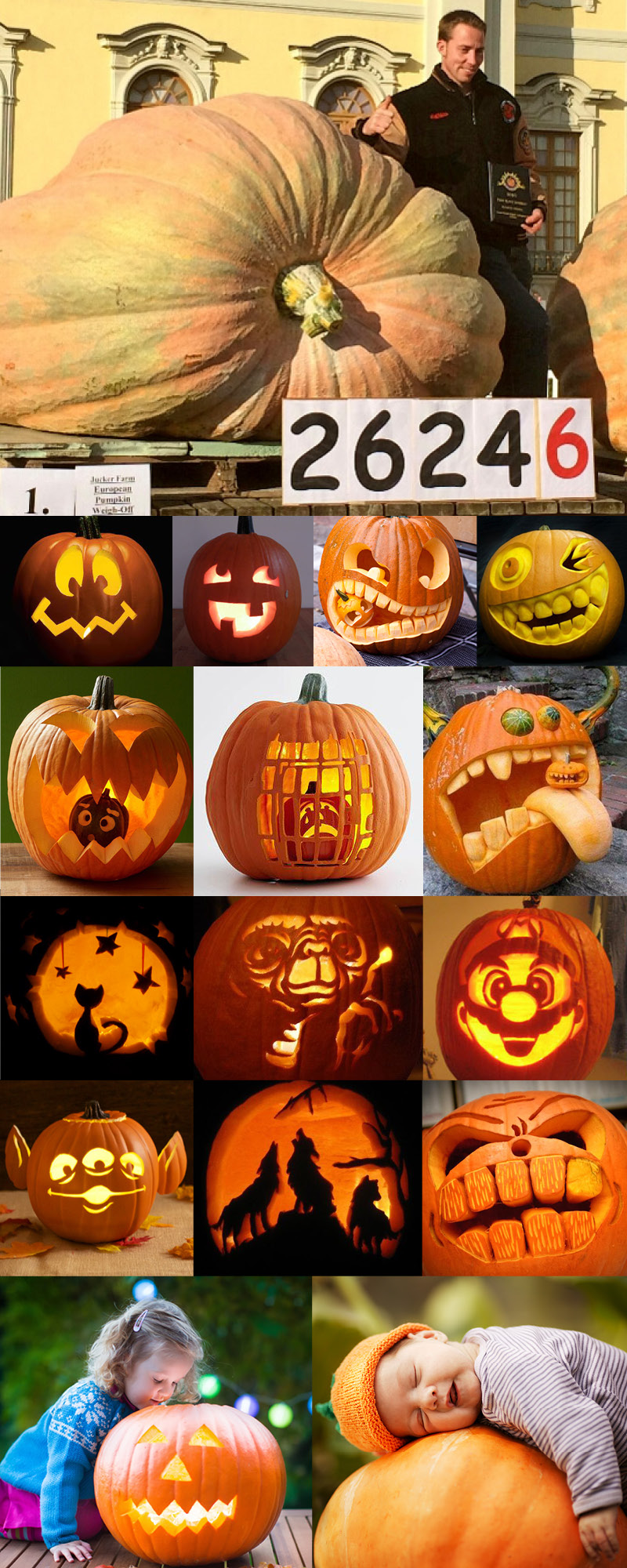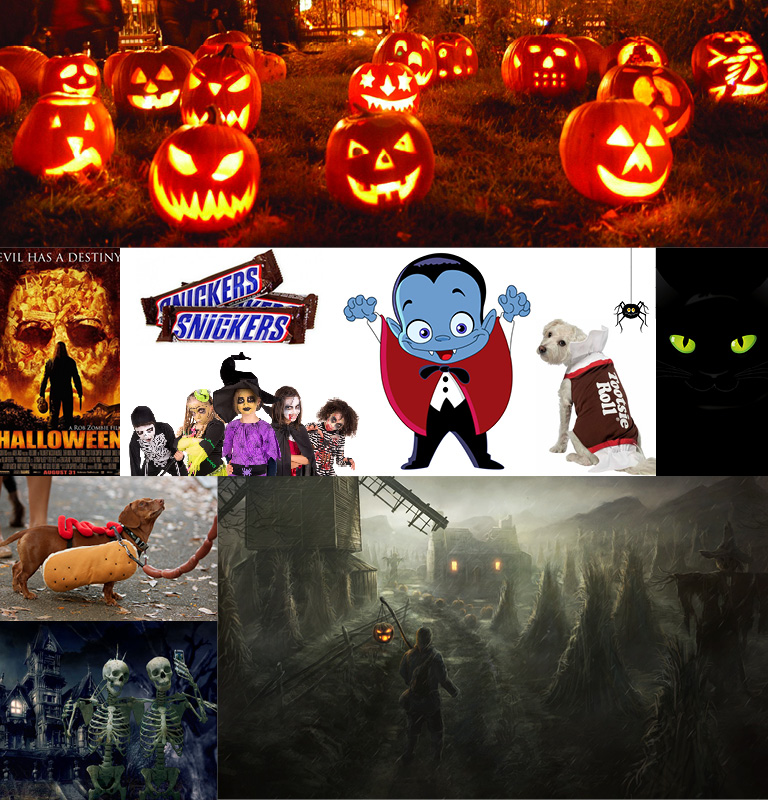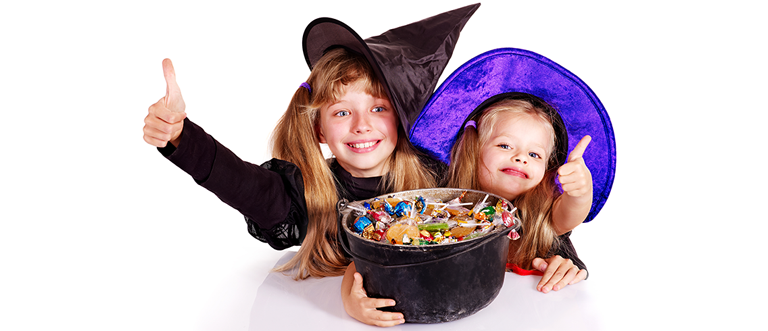BOOOOOOOOOOOO!

Scary movies are ok at home…alone. But in a theater with a bunch of screamers might be even more fun. Not to mention a big tub of popcorn and a super sized coke is there for comfort. :)))))))
With Halloween around the corner, I’ve noticed a whole bunch of scary movies popping up. Seems like everyone knows about Freddie Krueger and Linda Blair (that’s for my gray haired friends). I’m not a huge fan of scary movies … believe it or not, they scare me. I’d much rather spend my hard-earned money on action films and adventures flicks – and with the grandkids I’m a sucker for anything vintage Disney (not loving the new stuff). A bucket of popcorn, 15 minutes of previews and then the action starts, and I’m good to go. I put together my list of scary movies, and also a bit of trivia to go along – a late addition to the list below is my daughters all-time favorite Halloween movie, HOCUS POCUS (1993). Enjoy, and remember to avoid black cats, don’t walk under ladders and be sure not to go out at night if it’s a full moon. Boo!
Halloween and horror movies go together like witches and broomsticks. Every October, horror enthusiasts and casual viewers alike gather around their screens to enjoy spine-tingling tales of terror. From classic black-and-white thrillers to modern masterpieces of the genre, Halloween movies offer a unique blend of fear and fun. Here’s some fan favorites:
1. “Psycho” (1960):
- Alfred Hitchcock’s “Psycho” was groundbreaking in many ways, but one of the most iconic scenes is the shower scene – the music really makes it. How many camera angles were used to create this memorable sequence? (also, ever see Mel Brook’s spoof on this scene – it’s the paperboy!)
2. “The Shining” (1980):
- Stanley Kubrick’s adaptation of Stephen King’s novel features a chilling hotel. Jack Nicholson is awesome … “here’s Johnny” is classic. When What’s the name of the hotel in the film?
3. “Halloween” (1978):
- In John Carpenter’s “Halloween,” while being transferred for a court date, a 21-year-old Michael Myers steals a car and escapes Smith’s Grove. He returns to his quiet hometown of Haddonfield, Illinois, where he looks for his next victims. The suspense is great. “What is the name of the character portrayed by Jamie Lee Curtis, who becomes the primary target of the relentless killer Michael Myers?
4. “The Exorcist” (1973):
- “The Exorcist” is notorious for its disturbing and intense scenes. We all know Linda Blair is the actress … but in the movie, What is the name of the possessed girl at the center of the story?
5. “The Silence of the Lambs” (1991):
- Anthony Hopkins’s portrayal of Dr. Hannibal Lecter is legendary. The scenes of him in the cell are disturbing and sort of “stick with you” years later. What dish does Lecter famously describe as having “an exquisite taste”?
6. “Night of the Living Dead” (1968):
- George A. Romero’s film is a cornerstone of the zombie genre. And just how many zombie knock off movies do we really need. What is the name of the main character, portrayed by Duane Jones, who fights to survive the zombie apocalypse?
7. “A Nightmare on Elm Street” (1984):
- In this Wes Craven classic, Freddy Krueger haunts the dreams of teenagers on Elm Street. What actor played the iconic role of Freddy?
8. “The Omen” (1976):
- American diplomat Robert (Gregory Peck) adopts Damien (Harvey Stephens) when his wife, Katherine (Lee Remick), delivers a stillborn child. After Damien’s first nanny hangs herself, Father Brennan (Patrick Troughton) warns Robert that Damien will kill Katherine’s unborn child. The graveyard scene with the dogs haunts me to this day. What happens to the priest Father Brennen outside the church?
9. Bonus Question: “The Blair Witch Project” (1999):
- “The Blair Witch Project” was celebrated for it’s found-footage style. What was the name of the fictional town where the filmmakers set out to investigate the legend of the Blair Witch? – Answer: Burkittsville.
10 Kowalski Family favorite: Hocus Pocus (1993)
- You can’t go wrong with Hocus Pocus. The family-friendly comedy stars Bette Midler, Sarah Jessica Parker, and Kathy Najimy star as three ____, Massachusetts witches, resurrected just in time for Halloween. What famous city did they come from?
If you have a favorite, be sure to email me at skowalski@khtheat.com and I’ll make it a point to see it – unless it’s too scary!! Yikes.
Even more movies HERE
- 78 camera angles were used to shoot the shower scene
- The Overlook Hotel
- Laurie Strode
- Regan MacNeil
- Fava beans and a nice Chianti
- Ben
- Robert Englund
- Burkittsville
- Lighting strikes church and falling steeple kills him
- Salem
::::::::::::::::::::::::::::::::::::::::::::::::::::::::::::::::::::::::::::::::::::::::::
DO YOU LIKE CONTESTS?
Me, too.
As you may know the Kowalski Heat Treating logo finds its way
into the visuals of my Friday posts.
I. Love. My. Logo.
One week there could be three logos.
The next week there could be 15 logos.
And sometimes the logo is very small or just a partial logo showing.
But there are always logos in some of the pictures.
So, I challenge you, my beloved readers, to count them and send me a
quick email with the total number of logos in the Friday post.
On the following Tuesday I’ll pick a winner from the correct answers
and send that lucky person some great KHT swag.
So, start counting and good luck!
Oh, and the logos at the very top header don’t count.
Got it? Good. :-))))
Have fun!!
::::::::::::::::::::::::::::::::::::::::::::::::::::::::::::::::::::::::::::::::::::::::::









